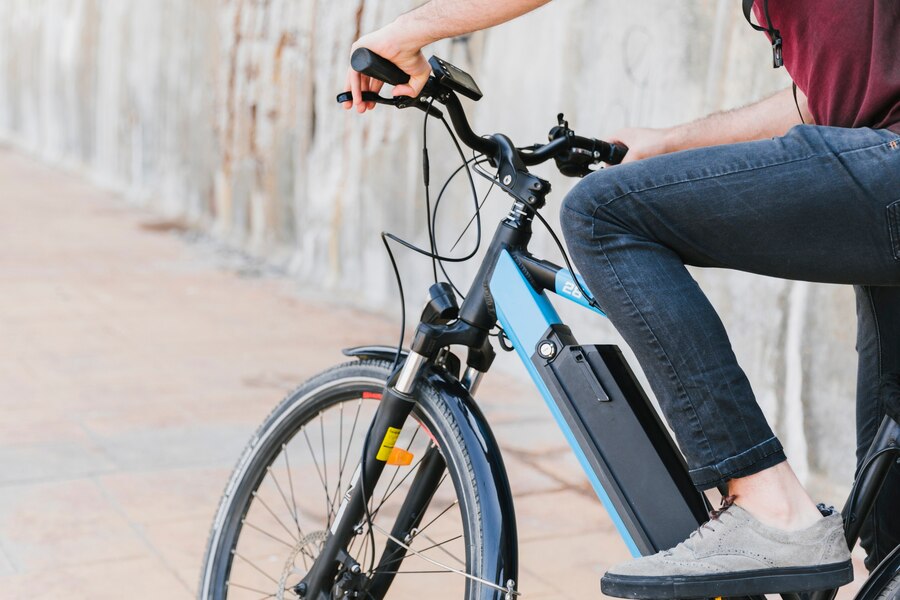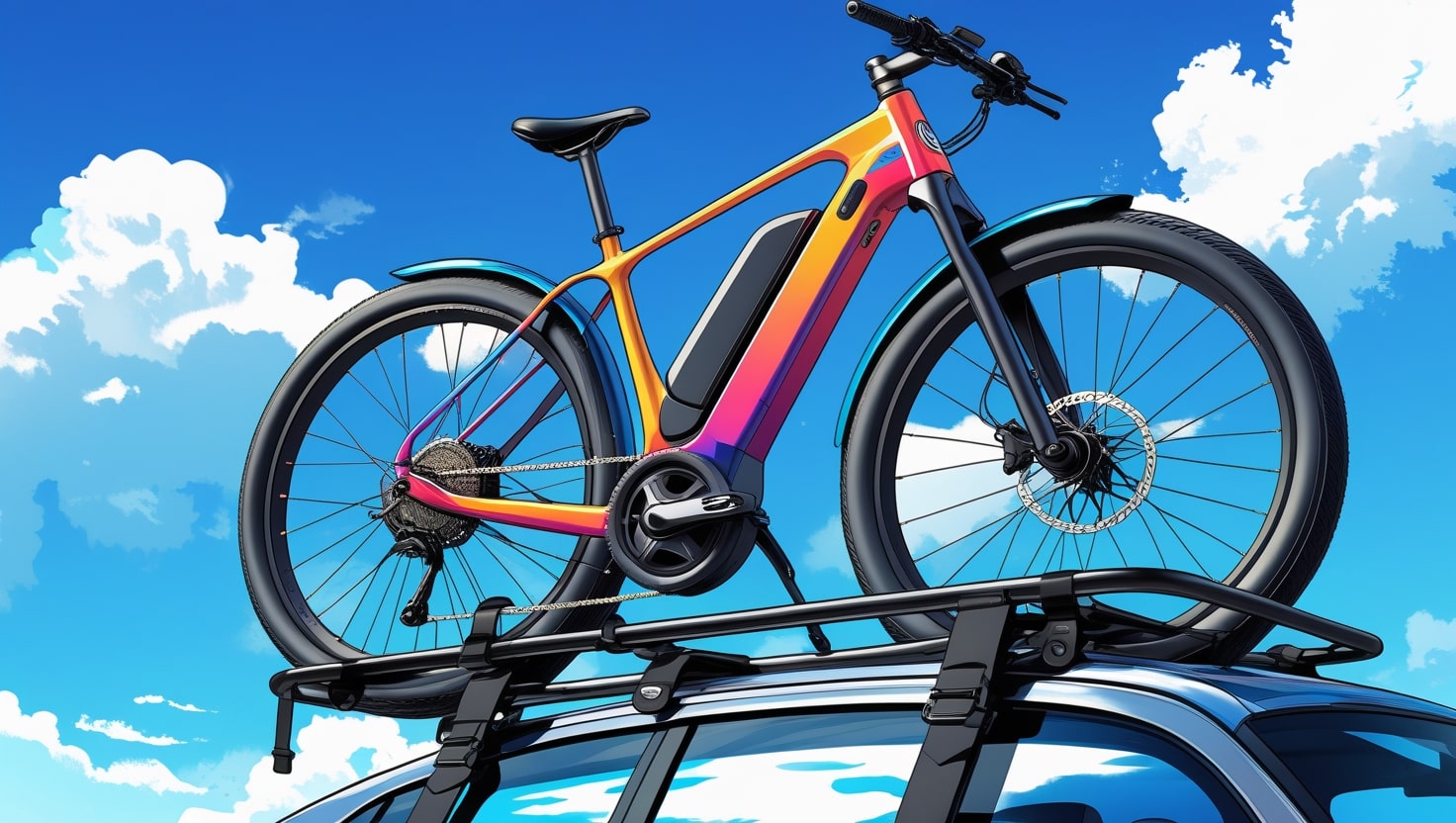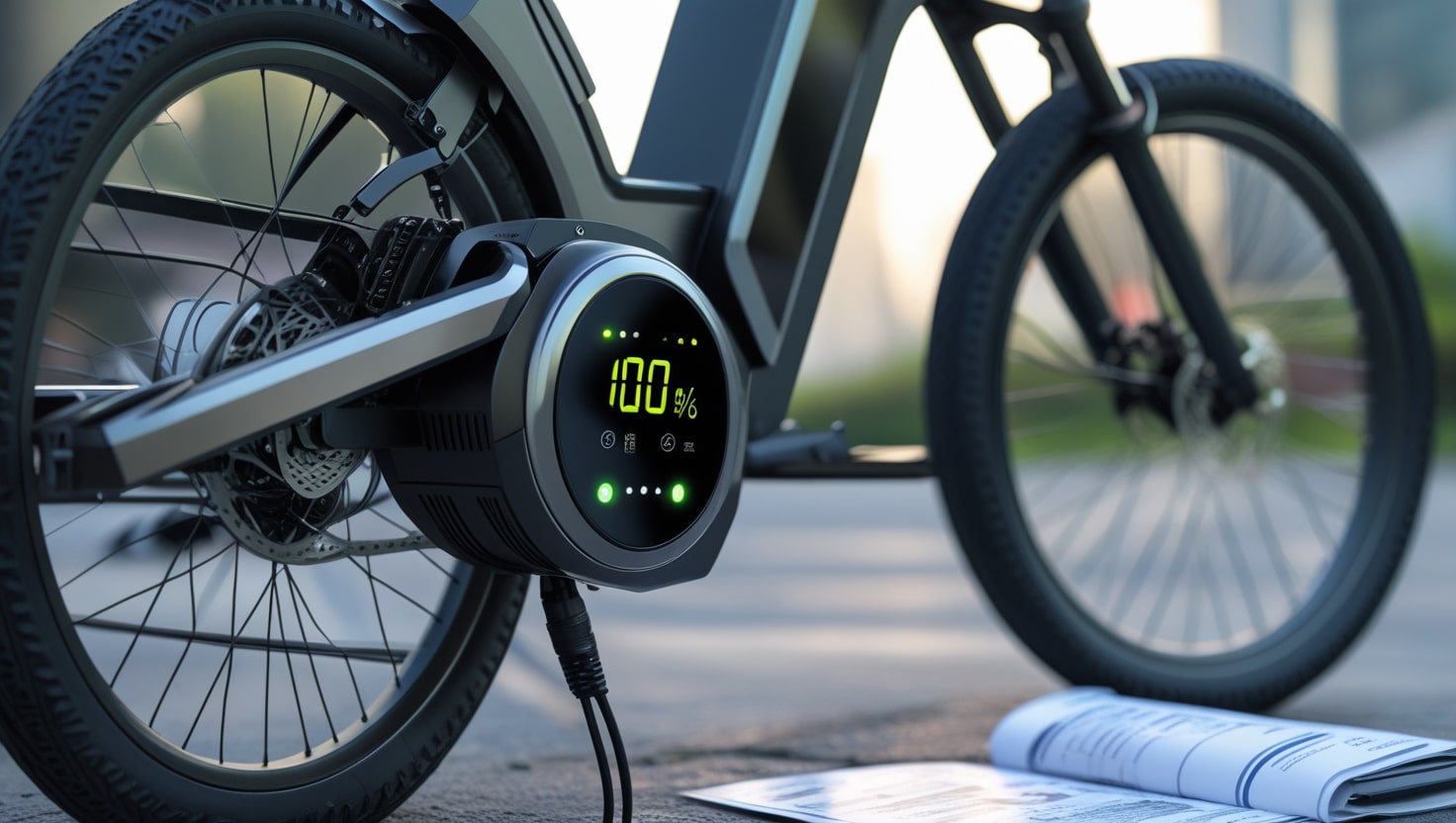If you love biking but find gears and derailleurs unnecessary for your rides, switching to a single-speed setup could be a game-changer. A single gear keeps things simple, making the bike easier to handle with less maintenance required. Instead of buying a new bike, you can convert geared bike to single speed, which is often a cost-effective choice compared to selling your current one.
Whether you’re hitting the road or tackling mountain trails, a stripped-down bike feels lighter, without extra components weighing you down. If you want to stick with the frame you already have, this setting lets you enjoy a smooth ride with fewer mechanical worries. Let me tell you—it’s a practical and affordable upgrade!
How to convert geared bike to single speed
What you need
To convert your geared bike into a single-speed, you’ll need a few tools and bits to get the job done right. Here’s what you should have on hand:
- Bike repair tools for easy adjustments
- A chain whip and lockring tool to remove the cassette
- A chain tool to shorten or replace the chain
- An adjustable wrench and Allen keys for various bolts
- A spacer kit to align the rear cog properly
- A tensioner to keep the chain tight if your frame lacks horizontal dropouts
- A single-speed chainring for smooth pedaling

What you need
1. Remove the bits you don’t need
Remove all shift wires, the front and rear shifters, the chain, and the front and rear derailleurs utilizing your bike’s toolbox.
2. Replace the chain ring
To get the right gear ratio for your single-speed setup, you’ll need to remove the existing chainring from your bicycle crank and install a specific one. Carefully fit the new ring into place, securing it with bolts to ensure a tight connection.
The chainring you choose will directly affect how your bike rides, and for an all-around experience, a 44:18 setup is often considered best. This means your front chainring should have 44 teeth to maintain a smooth and efficient ride.
Related: Benefits of Single Speed Bike
3. Remove rear wheel and cassette
For removing your rear wheel, use the quick release lever. To remove the cassette from your back wheel, use a cassette lock ring removal tool and a chain whip.
4. Install and align the rear cog
With the cassette out of the way, it’s time to put the new rear cog into place. Carefully use a spacer kit to align it, aiming to keep it in line with the middle ring on the cranks for smooth pedaling.
Once positioned, secure it with a lock ring, but stay prepared for some trial and error. Don’t fully tighten just yet—ride a little to know if everything feels right before completing this step 6.
5. Install chain tensioner
If your bike frame has short or vertical dropouts, installing a chain tensioner is a handy solution to ensure proper tension. This small but essential bit of kit helps maintain a good chain line by attaching to the rear axle or the derailleur hanger.
Depending on your speed conversion, you may need to adjust the number of links in your chain to get the right fit. If done correctly, this step allows you to fine-tune the setup or even skip using a tensioner entirely.
6. Fit rear wheel back into place
Once your chainring, cog, and spacers are in place, put the rear wheel back into the frame and lie the chain neatly across both. If the chain line isn’t straight, you may need to remove the rear wheel and play around with the cog and spacers until you achieve better alignment.
A properly adjusted setup will give you a smoother ride and help your chain last longer, improving overall performance. Take your time—it’s worth the effort to enjoy a hassle-free ride!
7. Fit your chain
Once your chain tensioner is installed, make sure it sits in line with the rear sprocket for smooth movement. Carefully feed the chain through the tensioner, looping it around the cog and chainring, then fix it back together securely.
Whether you’re using a tensioner or not, check if the chain is too slack or too tight—if needed, take the time for manual tensioning. Use a chain tool to add or remove links until you achieve the ideal tension for a reliable ride.

Should you convert a geared bike to single speed?
If you’re thinking about whether you should convert your geared bike to a single-speed, the answer is absolutely—but it depends on your level of bicycle knowledge and what you hope to achieve. If you’re making a permanent switch, investing the time to adapt the setup yourself can be worth it. A single-speed bike requires less maintenance, offers a cleaner look, and gives you a more direct riding experience.
However, if you want to swap between gears and a single-speed with ease, then buying a separate single-speed to add to your collection might be a better option. It keeps your original bike intact while giving you the benefits of both setups. Plus, it’s a surprisingly affordable choice for those who love variety in their rides.
Single Speed Gear Ratio and Gear Inches
If you’re new to single-speed setups, understanding gear ratios and gear inches can make a big difference in how your bike rides. Surly Bikes has written an awesome article on this, but to summarize a few key things—while ratios are a good starting point, gear inches offer a more accurate way to measure efficiency.
Your choice will also depend on wheel size, as what works on one race track might not work on another. So, before you get started, don’t over-analyze everything—sometimes, trial and error is the best approach.
For a 26″ mountain bike, a common starting ratio is 2:1, meaning a 32T chainring in the front and a 16T cog in the back. If you’re unsure, many riders suggest buying a couple of cheap Shimano cogs in different sizes to test what feels perfect before spending on an expensive upgrade. A big or small adjustment can change how the bike performs, so experimenting first can save you money and effort in the long run.

Why convert my bike to single speed?
Not everyone needs to ride a single-speed bike, but for many, it’s a game-changer. I originally converted my commuter bike after getting tired of the endless tuning required for the front and rear derailleurs.
I wanted a drivetrain that took less effort and money to maintain yet still worked regardless of the weather. Once I made the change, I was blown away by how much I enjoyed my daily commute to work. With no wrong gear to worry about, my mind felt freer as I pedaled to the office.
Before switching, I had previously used a 2×10 drivetrain on my cross-country mountain bike. I decided to try single-speed on the trails to see if it suited my riding style. I’ll admit it was tough at first, but over time, I learned new skills that helped me develop as a biker.
With fewer gears, I had to focus more on braking less, keeping more flow through corners, and handling trail features smoothly. I even started absorbing bumps with my body to keep momentum, rather than plowing through and slowing down.
Riding a single-speed taught me to pedal into a descent before I got too fast, use sprinting to build speed before a climb, and even practice ratchet pedaling in tricky sections. Whether on the road or the trail, switching to a single-speed made my rides more exciting. It’s pure, simple, and most importantly—fun!
Single Speed Chainline Adjustment
A single-speed drivetrain offers maximum efficiency with minimal wear and noise, but to get the best performance, you need to take the time to adjust your chainline properly. When converting your bike, ensuring the chain runs straight between the front chainring and the rear cog is key.
A perfect chain line means smoother pedaling and less maintenance. Once this adjustment is made, it’s a set-and-forget fix, allowing you to achieve the best ride experience.








